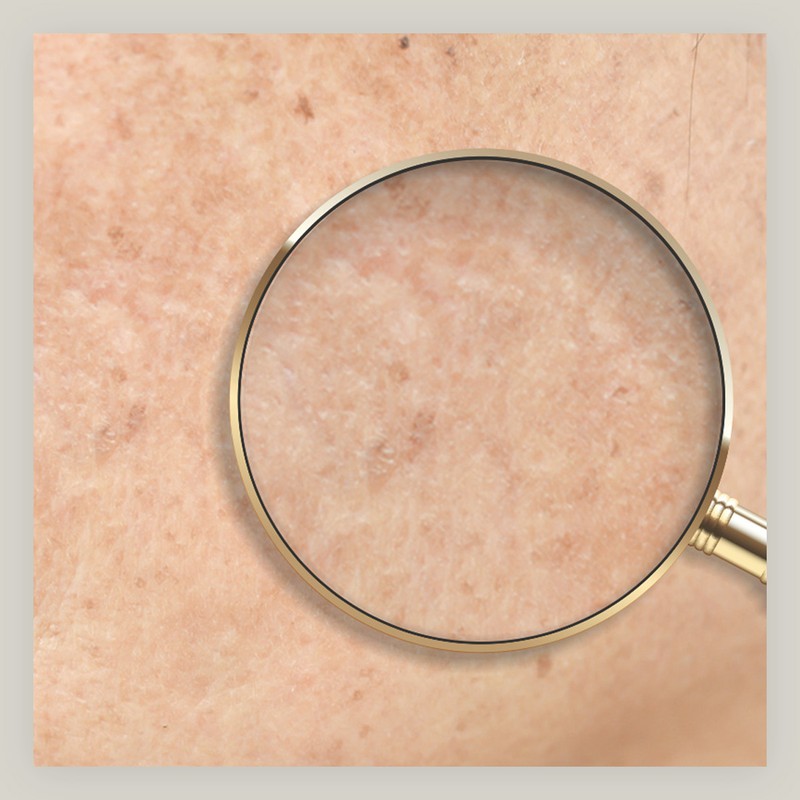
Dark Spots: What They Are, Why They Occur & How To Treat Them
Dark Spots Are Incredibly Common For All Women
“You’re not alone with this skin condition. In fact, age spots are very common and appear as an area of discolouration, also known as ‘hyperpigmentation’, says dermatologist Anita Sturnham. “They often tend to appear after the age of 40 on sun exposed areas, such as the face, hands and décolletage,” she adds. Dr Anjali Mahto agrees: “With each year of life, it’s inevitable to some degree that our skin is exposed to the elements, including environmental pollution, but also sunlight which is impossible to avoid long-term. It’s important to note that pigmentation appears slowly and, unfortunately, it will affect the vast majority of us. However, the risk of it spreading or you getting larger patches of discolouration can be greatly reduced by sun avoidance and regular application of high SPF protection.”
Dark Spots Don’t Have A Single Cause
“Most of us assume UV exposure is the main cause of dark spots, but other inflammatory stressors include acne breakouts, harsh chemicals on the skin and even hormonal fluctuations, such as those in pregnancy or when taking the contraceptive pill,” advises Anita. “Hormonal related patches of pigment are often referred to as melasma and tend to be more diffused patches of pigmentation compared to age spots. The perimenopause and menopause also contribute. This is because, during this time, our oestrogen levels plummet, which is why we often see sagging skin and dehydrated complexions in post-menopausal women. While the exact mechanism isn’t fully understood, we do know that these fluctuations can trigger melanocytes to overproduce melanin (dark spots) in an abnormal way.”
Hyperpigmentation Has Nothing To Do With Your Liver
“Despite often being referred to as ‘liver spots’ be safe in the knowledge that they have nothing to do with the health of your liver at all,” says Anita. “These brown patches are caused by an increased production of melanin, the natural pigment that gives our skin its colour and is produced by cells called melanocytes in our deeper skin layers. These cells release melanin (brown pigment) whenever the skin is exposed to inflammation or injury. The pigment produced acts as a defensive shield – a bit like how an umbrella stops the rain from soaking us – to block damaging stressors, such as UV rays, from entering the deeper skin layers, thereby preventing DNA damage.”
Contrary To Popular Belief, Fats Aren’t A Trigger
“There are so many myths floating around when it comes to our skin, one of the biggest is that unsaturated fats contribute to age spots,” advises Anita. “There is no reliable data to support this theory and, in my clinical experience, I’d say the opposite is true, fats actually have multiple skin health benefits. Our epidermal health (the top skin layers) relies on a balanced ratio of fatty acids, ceramides and cholesterol to maintain optimal health. This barrier helps to block harmful UV rays and pollution from entering the skin and also stops the important stuff, such as water, escaping. Studies show dietary and topical application of unsaturated fatty acids can also reduce UV related skin damage and, in turn, pigmentation.”
Prevention Is Better Than Cure
“I recommend wearing a daily SPF product (minimum SPF 30) to help prevent UV damage induced pigmentation – which remains the main cause for hyperpigmentation spots,” advises Anita. “Remember, we’re exposed to UV rays every single day all year around and, even on those grey and drizzly days, it’s just not worth going unprotected. Make sure you check your product has UVA protection too, not just UVB and seek out ones with a five-star rating – that way you know you’re getting the very best.” Anjali adds: “Dark spots can be minimised with a sturdy regime, but results are temporary, with treatments often needing to be repeated over time. With this in mind, it’s paramount you do take a preventative approach and always limit sun exposure and are rigorous with your SPF. If you have darker skin, it’s worth noting that any visible light can interact with UVA from sunlight and worsen existing pigmentation. To counteract this, I advise wearing an iron oxide sunscreen, which is proven to be of benefit for these types of issues.”
There Is No Single Cure-All Solution
“Yes, some skincare is effective, but clinic-based medical treatments reign supreme when it comes to treating dark spots,” says Anjali. “Depending on the site, extent and severity, treatment options include superficial and medium-depth chemical peels or light and laser devices – often, it’s the case that two are performed in combination as part of a wider plan to yield the best results. Each option has its own pros and cons, as well as a lengthy recovery time, so it’s important you get a thorough assessment before you begin a procedure. This is especially key if you have darker skin. While the treatment options are the same, modifications may be needed should you choose laser to reduce the risk of worsening any pigmentation on the skin.” Anita agrees: “The best treatments often involve a combination of both at-home and in-clinic based procedures. This way, we can achieve adequate reduction and even complete resolution in many patients. The most challenging treatments are those patients with post-inflammatory pigmentation and a darker skin type. There may be some residual pigmentation, but it can definitely be reduced to a level where self-confidence is restored.”
Age Spots & Melanomas Can Get Confused
“People often get the two mixed up, but it’s important to know the difference,” says Anjali. “Sun spots and freckles can mimic a more worrying type of skin lesion. If you have had a lot of sun exposure over the years, or you notice any dark spots change in size, shape or colour, it’s sensible to get them reviewed by a consultant dermatologist. An expert will use a specialised tool known as a ‘dermatoscope’ to look closely at the lesion and rule out any malignancies. This really is an important step to take if you’re concerned. I have personally seen people with a ‘dark spot’ which they’ve had lasered away, only to find it’s failed to heal, and it’s actually a melanoma. Always check if you’re concerned.”
Vitamin A Is A Great Remedy
“My strategy to address pigmentation is focused on three main goals,” says Anita. “Firstly, I want to stabilise the pigment production cells, and calm down their production of melanin (brown pigment). Secondly, I want to speed up the breakdown of the existing inflammatory pigmentation. To do both things I use a combination of the following ingredients: 15% L-ascorbic acid (vitamin C), Alpha Arbutin 2% and Resveratrol 1% in serum or cream form. A daily dose of Vitamin A (retinol) with a strength of 0.5-1% works well for most patients. It is a fabulous multi-tasker and in a good quality formulation, it works to reduce cell damage, regulate oil production, boost collagen formation and reduce pigmentation.” Anjali agrees: “Not all dark spots can be treated by over the counter ingredients, but retinol (vitamin A) is a great place to start. As is tranexamic and glycolic acid – both of which exfoliate and rid dark dead skin cells.”
Natural DIY Treatments Won’t Minimise Them
“There are many that tout the benefits of ‘natural, DIY treatments,’ but unfortunately, when it comes to pigmentation, there is no substitute for using specially formulated skincare and medical grade treatments,” finishes Anita. “Topical remedies may include prescription strength retinoids, azelaic acid and chemical peels or regular laser treatments. Reassurance and time are also essential elements of a successful treatment programme. It’s important to be patient and stick with it – you’ll find results take time, but it’s worth it when a smoother complexion begins to show up.”
Shop Our Top Picks Below...
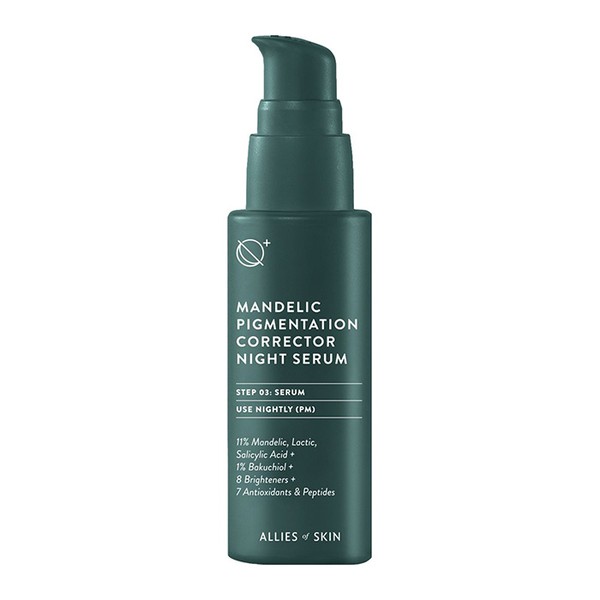
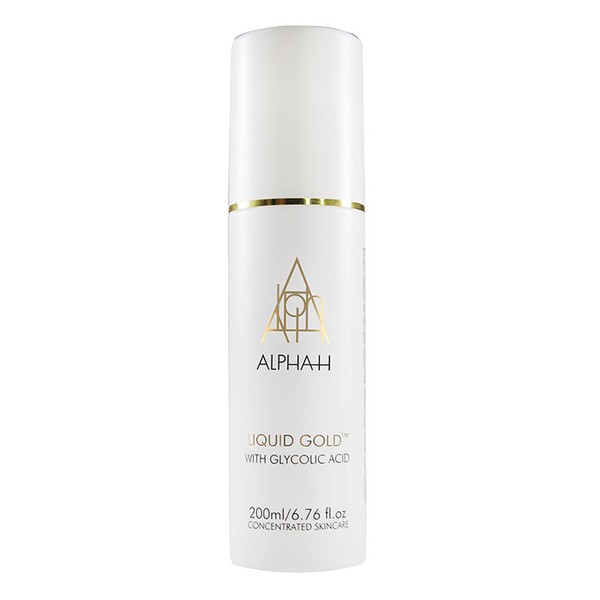
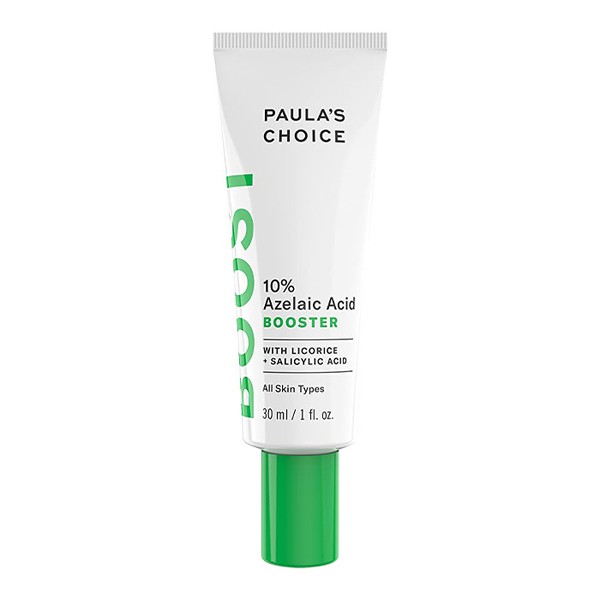
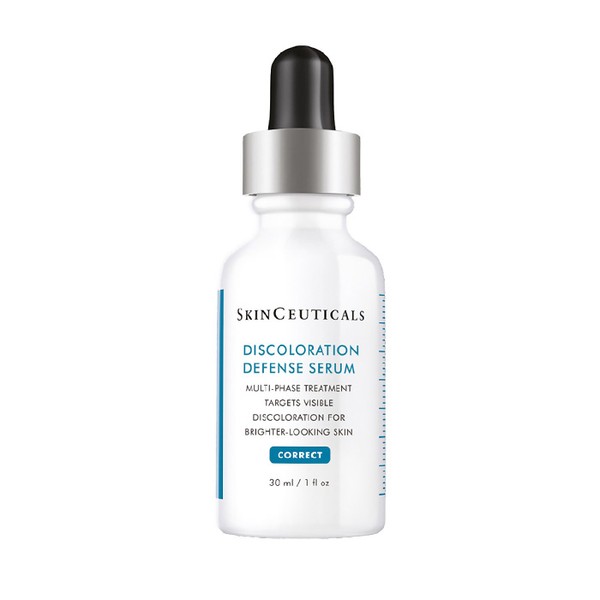
DISCLAIMER: We endeavour to always credit the correct original source of every image we use. If you think a credit may be incorrect, please contact us at info@sheerluxe.com.

